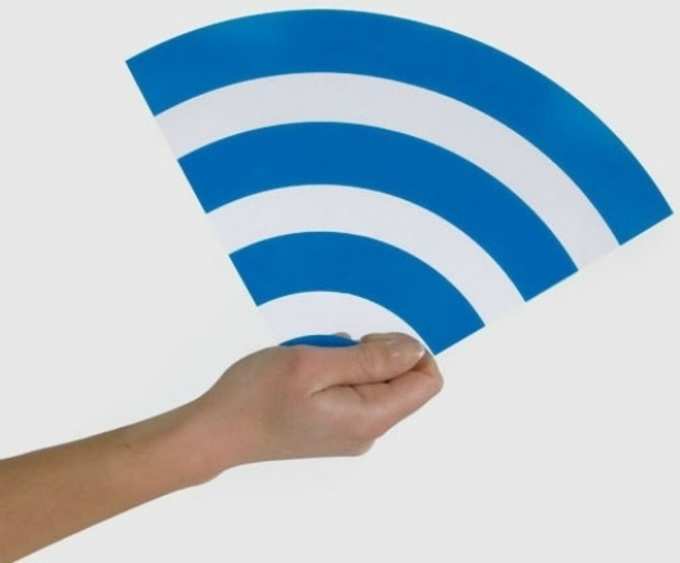
Wi-Fi technology has taken the telecom landscape by storm, reshaping and impacting strategies for many Telco’s including Tata Teleservices. Moreover, Government of India’s Digital India initiative, launched earlier this year, to ensure that Government services are made available to citizens electronically by improving online infrastructure and by increasing Internet connectivity is expected to take flight in next few years. So how will these developments and the accelerated roll out of Wi-Fi in all forms, both on the device and network side, impact our lives in 2016 and beyond?
There are some very interesting trends and innovations lined up next year. Here is a look:-
Fortifying the Transit
Airports and Railway Stations are emerging as ideal locations for Wi-Fi consumption. This is true both in India as well as internationally. We will continue to see this trend gain more intensity in 2016.
Most of the Indian population travels in these modes of transport, and this makes it a huge opportunity for operators and carriers. Recently, an internet giant has already started the ball rolling with a promise to provide free Wi-Fi at 500 Indian railway stations. With more than 7000 stations and a daily footfall of 23 million passengers a day, this space is quite likely to generate a lot of interest in the coming years.
Smart up your homes
Here is a scenario, you are woken up in the morning with your favorite song, the shower is ready the moment you step inside and goes off when you step out, breakfast is made and clothes laundered and ready. You are happy and ready for work. No, I am not talking about your spouse but, the house – the smart house! This is the future of internet of things.
The notion of the internet connecting people and devices like never before is undoubtedly an exciting and ubiquitous, secure and hassle-free Wi-Fi connectivity is the key. Unlimited Wi-Fi will be provided as standard with both hardware and software products, with people using it in the same way they use 3G/4G today – making smart homes and vehicles a reality.
Time shifted Video content - (TV on Demand) here we come
Competition from mobile operators has forced cable operators/set top box providers to provide more nomadic Internet access by deploying Wi-Fi. A leading DTH operator has launched set-top boxes (STB) with recording ability and Wi-Fi dongles to enable consumers to enjoy recorded content on smartphones and tablets without consuming internet data. This is a first of its kind innovation in line with current audiences who consume a large part of their content online. We will most definitely see a lot of action in this space next year.
Visualize a scenario – You have 40 minutes before your flight departure from airport. The Wi-Fi operator at the airport offers you reasonable priced movie or site on download. You consume this content on you smart-phone/tablet or your flight.
Next-generation Wi-Fi Calling
Companies have already began work on next generation Wi-Fi calling. Apple’s
Rise of LBS
The demand for location-based technology is evolving in India as it personalizes the Wi-Fi experience. Learning more about users provides Telco’s with a wealth of data for different marketing activities. It is a useful tool for retailers to create an engaging shopping experience for their customers. Also fueling the shopping experience are the large number of malls in Tier 1 and 2 cities, which open to the concept of public Wi-Fi services. In 2016, LBS will enable new features and opportunities around local search, retail, social networking and advertising.
Innovative and socially impacting uses of Wi-Fi technology
One of the most interesting uses of Wi-Fi technology was built by a young entrepreneur duo from Mumbai – A Wi-Fi Trash Bin! The duo created a simple trash bin where as soon as someone puts in a required amount of trash, the bin generates a Wi-Fi pass code which gives the person free Wi-Fi. The dustbin uses multiple technologies. The first is the Wi-Fi technology, optimize to make sure that all the generated codes work properly. The second is the technology used for motion sensing and figuring out how the trash comes in and its movement. And the third is the entire bridge between the motion sensor and the Wi-Fi network to ensure that they connect at the right time. This simply shows that a technology like Wi-Fi is simple and effective and can be used for social impact and development initiatives as a part of the Smart City and Digital India campaigns.
Wi-Fi offloading becomes an imperative
As more and more service providers decide to roll out 3G and 4G in 2016, to tackle bandwidth and large scale use, service providers will rely more on Wi-Fi offloading. Wi-Fi offloading is expected to become more intuitive in 2016, with traffic steering allowing the devices to connect to Wi-Fi only under optimal conditions. Wi-Fi might become an equal network in the heterogeneous network concept, where the main focus will be providing the best possible service experience and performance to the end-users.
Wi-Fi technology is a very good tool to provide seamless service experience and performance to the regardless of networks. 2016 might just take this technology to a hitherto unknown level of innovation.
(The article is authored by Sunil Tandon, Head - Non Voice Services, Tata Teleservices)
Image credits: indiatimes
